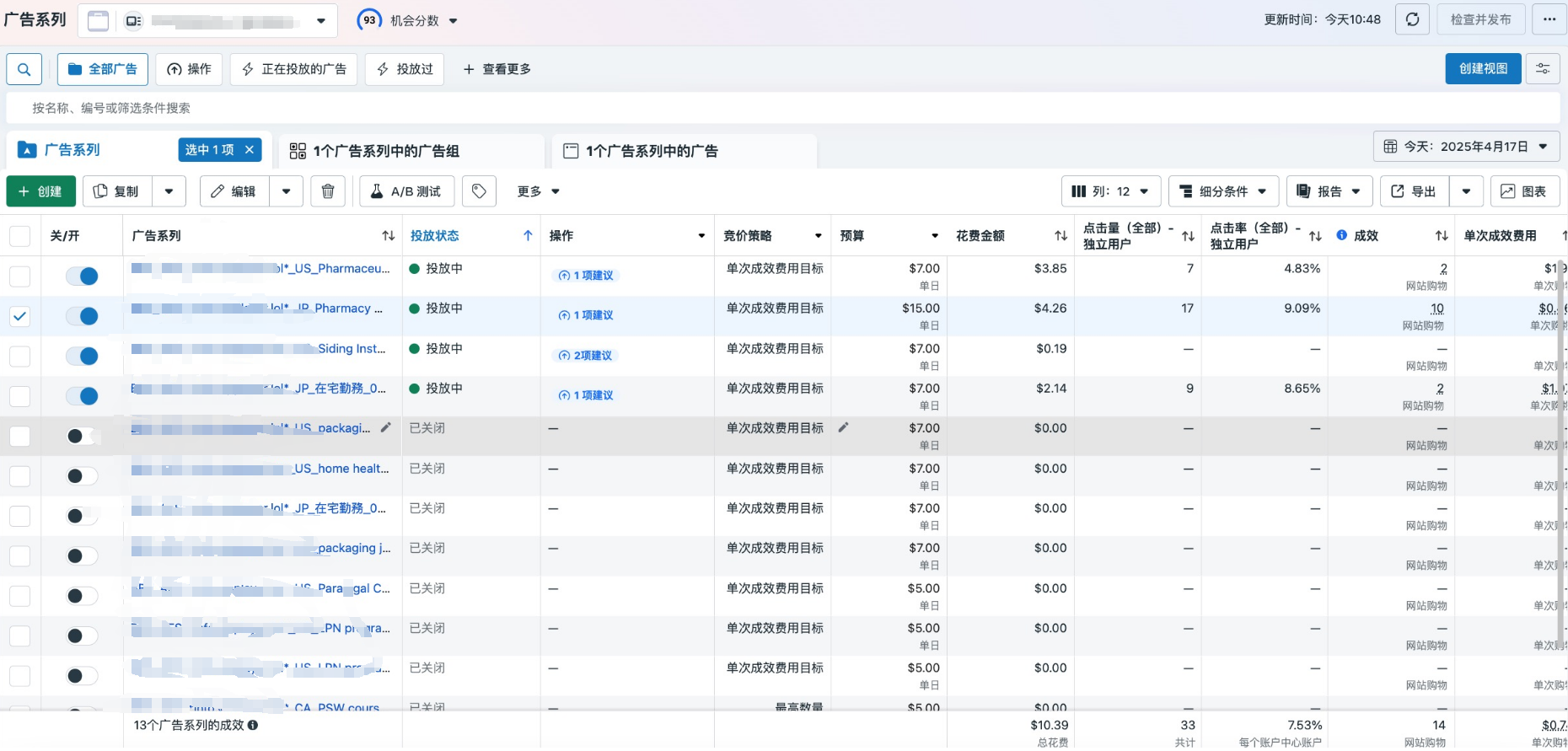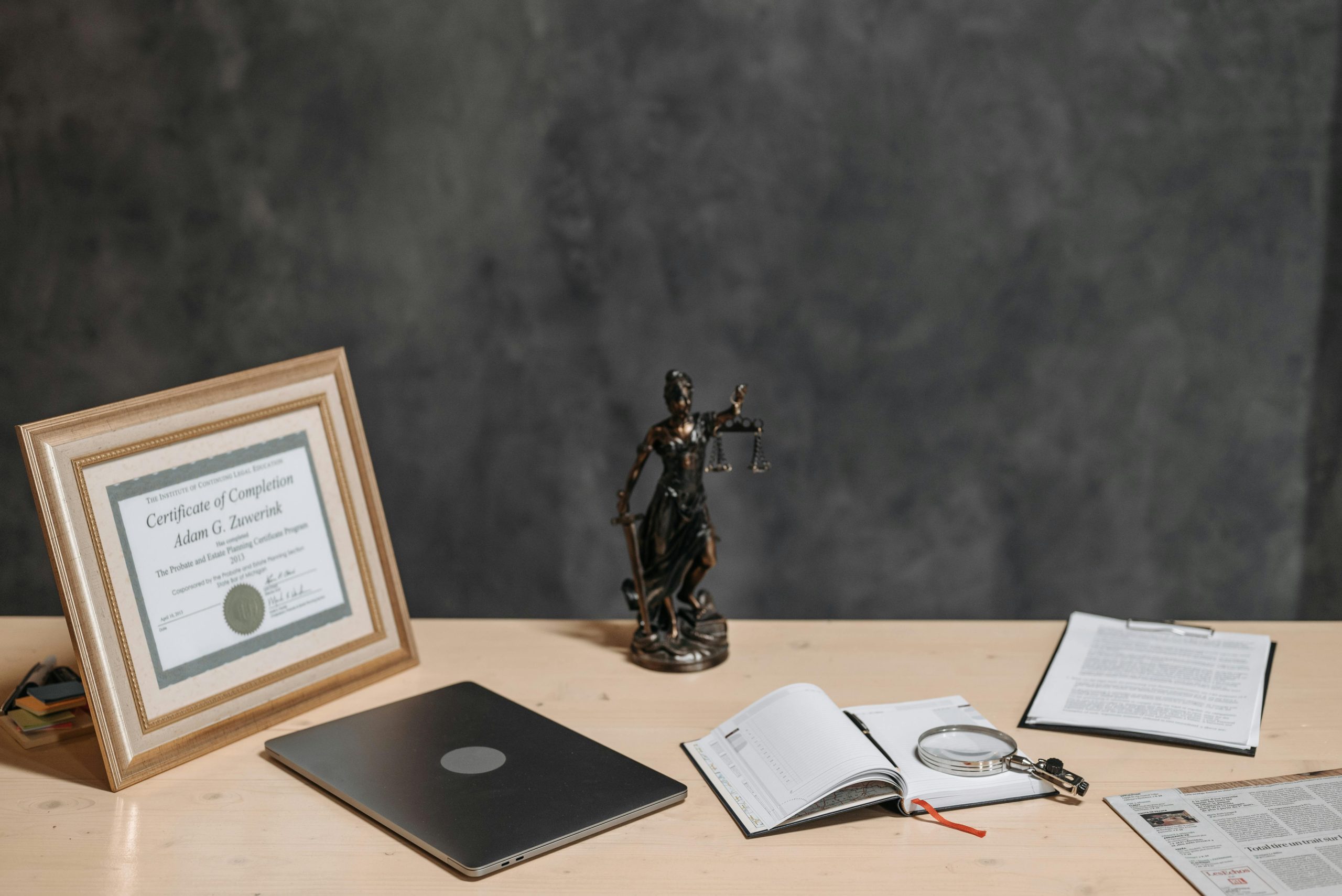
Ultimate Guide to Renting in the U.S.: How to Find Your Ideal Home
Renting a home in the U.S. can be a complex process, especially for newcomers or those unfamiliar with the local rental market. From choosing the right location to understanding lease agreements, this guide provides essential tips to help you find and secure your ideal rental home.

1. Determine Your Budget
Before starting your search, calculate how much you can afford to spend on rent. A common rule is that rent should not exceed 30% of your monthly income. Consider additional costs such as utilities, internet, renter’s insurance, and security deposits.
2. Choose the Right Location
The location of your rental property is just as important as the home itself. Factors to consider include:
- Commute time to work or school
- Safety and crime rates in the area
- Nearby amenities such as grocery stores, public transportation, and hospitals
- School districts, if you have children
Websites like Zillow (www.zillow.com) and Apartments.com (www.apartments.com) allow you to search by location and compare rental prices.
3. Types of Rental Properties
In the U.S., common rental options include:
- Apartments: Units within larger buildings with shared amenities like gyms and pools.
- Houses: Single-family homes offering more space and privacy but usually at a higher cost.
- Townhouses: Multi-story properties that combine elements of apartments and houses.
- Condos: Privately owned units within larger buildings, sometimes offering upscale features.
- Shared Housing: Renting a room in a shared home, which is a cost-effective option for students and young professionals.
4. Where to Search for Rentals
Use online platforms to browse listings, compare prices, and schedule viewings:
- Zillow (www.zillow.com)
- Apartments.com (www.apartments.com)
- Craigslist (www.craigslist.org)
- Facebook Marketplace (for direct rentals and subleases)
5. Inspect the Property
Before signing a lease, schedule a visit or request a virtual tour. Check for:
- Signs of damage or pest infestations
- Functionality of appliances and plumbing
- Heating and cooling systems
- Security features like locks and smoke detectors
6. Understand the Lease Agreement
A lease is a legally binding contract between the landlord and tenant. Key terms to review include:
- Lease duration: Most leases are for 12 months, though some offer month-to-month flexibility.
- Rent and deposits: Clarify the rent amount, due date, and any required security deposit.
- Maintenance responsibilities: Understand whether you or the landlord is responsible for repairs.
- Early termination clauses: Check the penalties for breaking the lease early.
7. Application Process and Required Documents
To apply for a rental, landlords often require:
- Proof of income (pay stubs or bank statements)
- Credit history check (a good credit score increases approval chances)
- Rental history and references
- Valid ID or visa documents (for international renters)
8. Protect Yourself as a Renter
- Always read the lease carefully before signing.
- Take photos of the property’s condition before moving in.
- Get renter’s insurance to protect your belongings in case of theft or damage.

By following these steps, you can successfully navigate the U.S. rental market and find a home that suits your needs and budget.







